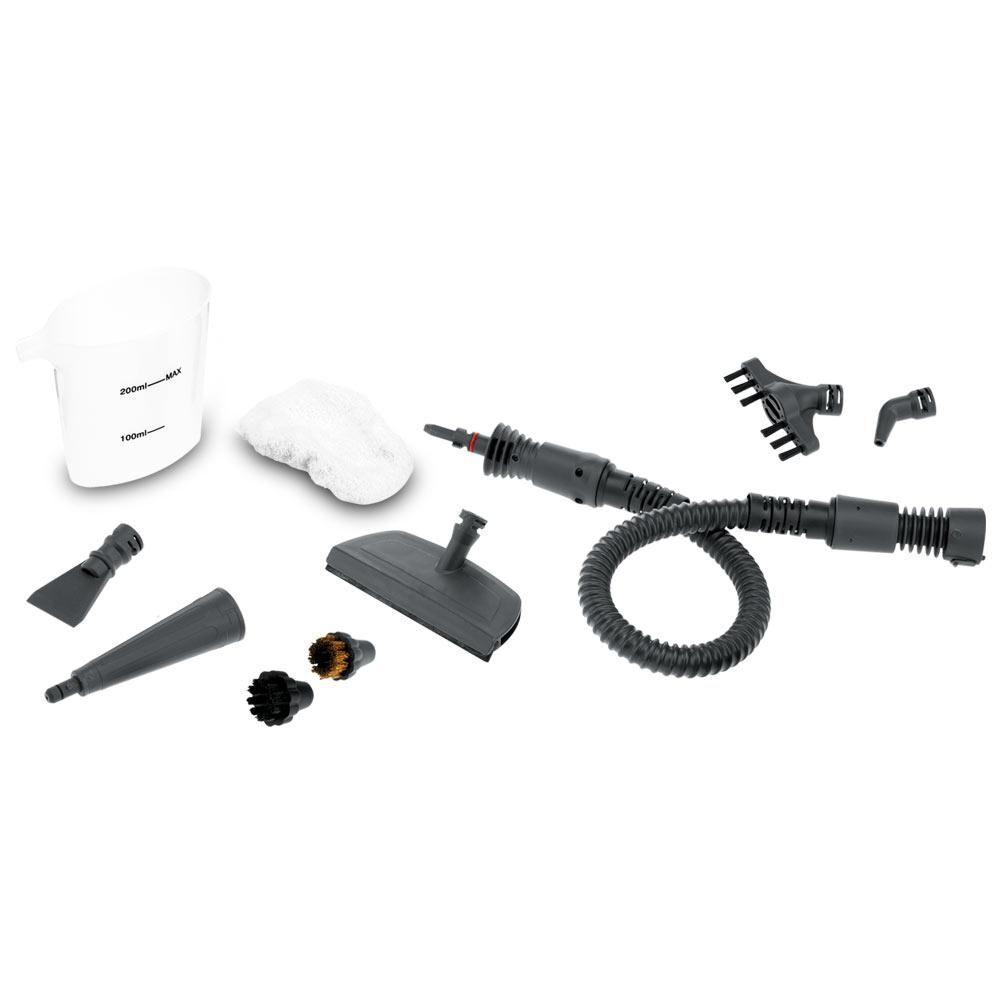Steamers For Cleaning

Steamers for cleaning have become a staple in many households and industries due to their effectiveness and versatility in removing dirt, grime, and stains from various surfaces. The use of steam as a cleaning agent dates back to the early 20th century, but it wasn't until recent years that steam cleaning technology advanced, making it more accessible and user-friendly for the masses. This article will delve into the world of steamers for cleaning, exploring their benefits, types, and applications, as well as providing insights into their technical specifications and performance analysis.
Benefits of Steamers for Cleaning

Steamers for cleaning offer a multitude of benefits that make them a preferred choice over traditional cleaning methods. Firstly, steam cleaning is chemical-free, making it an ideal option for those who prioritize environmental sustainability and health safety. The high temperature of the steam, typically ranging from 200°F to 250°F (93°C to 121°C), allows for the effective removal of dirt and germs without the need for harsh chemicals. Secondly, steam cleaning is known for its ability to deep clean surfaces, reaching into small crevices and pores that traditional cleaning methods often miss. This is particularly beneficial for cleaning delicate or hard-to-reach areas, such as upholstery, curtains, and tile grout.
Types of Steamers for Cleaning
There are several types of steamers designed for different cleaning tasks and surfaces. Handheld steamers are portable and lightweight, perfect for quick cleanups and small areas. Canister steamers offer more power and capacity, making them suitable for larger cleaning tasks, such as cleaning floors and walls. Steam mops are designed specifically for cleaning hard floors, combining the benefits of steam cleaning with the ease of a traditional mop. Lastly, upright steam cleaners are versatile and can be used for a variety of cleaning tasks, from carpets to curtains.
| Type of Steamer | Key Features | Best For |
|---|---|---|
| Handheld Steamer | Portable, lightweight, compact design | Small areas, quick cleanups, delicate surfaces |
| Canister Steamer | More powerful, larger capacity, longer hose | Larger cleaning tasks, floors, walls, upholstery |
| Steam Mop | Designed for hard floors, easy maneuverability | Hard floors, tile, laminate, wood |
| Upright Steam Cleaner | Versatile, adjustable steam control, various attachments | Multi-surface cleaning, carpets, curtains, upholstery |

Technical Specifications and Performance Analysis

Understanding the technical specifications of a steamer is crucial for evaluating its performance and suitability for your cleaning needs. Key specifications include steam pressure, steam temperature, water tank capacity, and power consumption. A higher steam pressure and temperature generally indicate a more effective cleaning performance, but may also increase the risk of damaging certain surfaces. The water tank capacity affects how often you need to refill the steamer, with larger capacities being more convenient for extended cleaning sessions. Power consumption is an important consideration for those looking to minimize their energy usage.
Actual Performance Analysis
A comprehensive performance analysis of steamers for cleaning involves evaluating their ability to remove dirt and stains, their ease of use, and their safety features. Independent tests have shown that steamers can be highly effective in removing a variety of stains, including grease, food, and ink, from different surfaces. However, the efficacy can vary significantly depending on the type of steamer, the surface being cleaned, and the user’s technique. It’s also crucial to follow the manufacturer’s guidelines and take necessary precautions to avoid accidents and damage to surfaces.
In terms of evidence-based future implications, the demand for steamers for cleaning is expected to grow as consumers become more aware of the benefits of steam cleaning, including its environmental sustainability and health safety. Advances in technology are likely to lead to more efficient, powerful, and user-friendly steamers, further expanding their applications in both domestic and industrial settings.
What are the primary benefits of using a steamer for cleaning?
+The primary benefits include chemical-free cleaning, deep cleaning of surfaces, and versatility in cleaning various surfaces without damaging them.
How do I choose the right type of steamer for my cleaning needs?
+Consider the types of surfaces you will be cleaning, the level of portability you require, and look for a steamer with adjustable steam control. It’s also important to read reviews and compare different models based on their technical specifications and performance analysis.
Are steamers for cleaning safe to use on all surfaces?
+No, steamers are not safe for all surfaces. Certain materials, such as unsealed wood, silk, or velvet, can be damaged by steam. Always check the manufacturer’s guidelines for the surface you are cleaning and perform a test on an inconspicuous area first.

